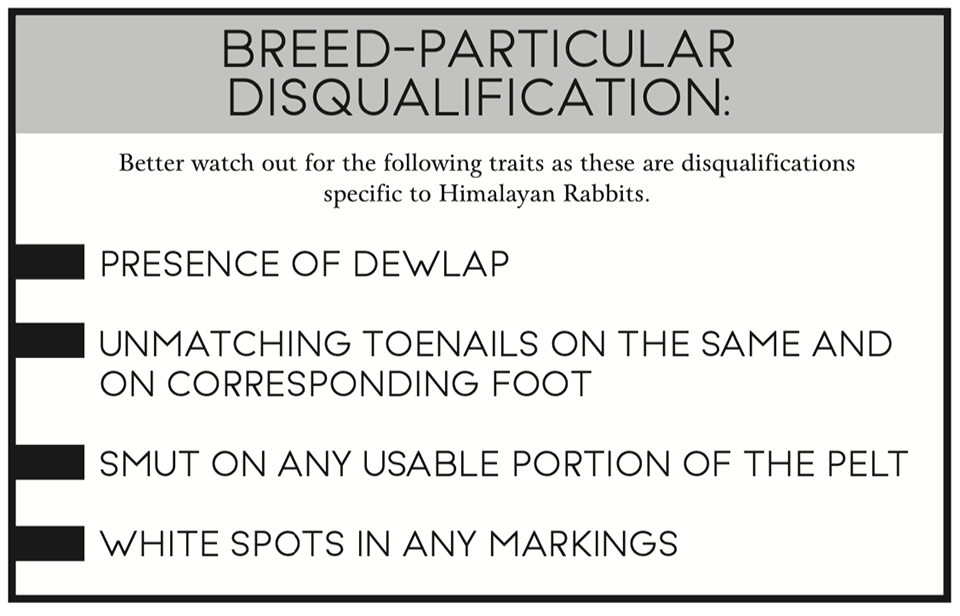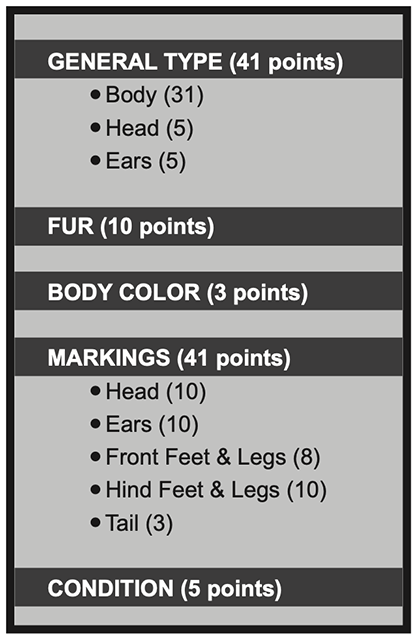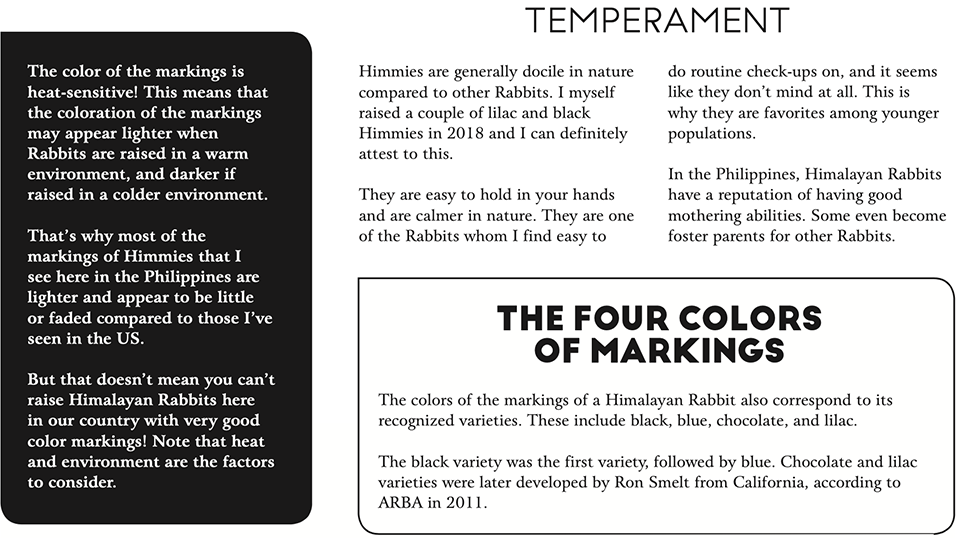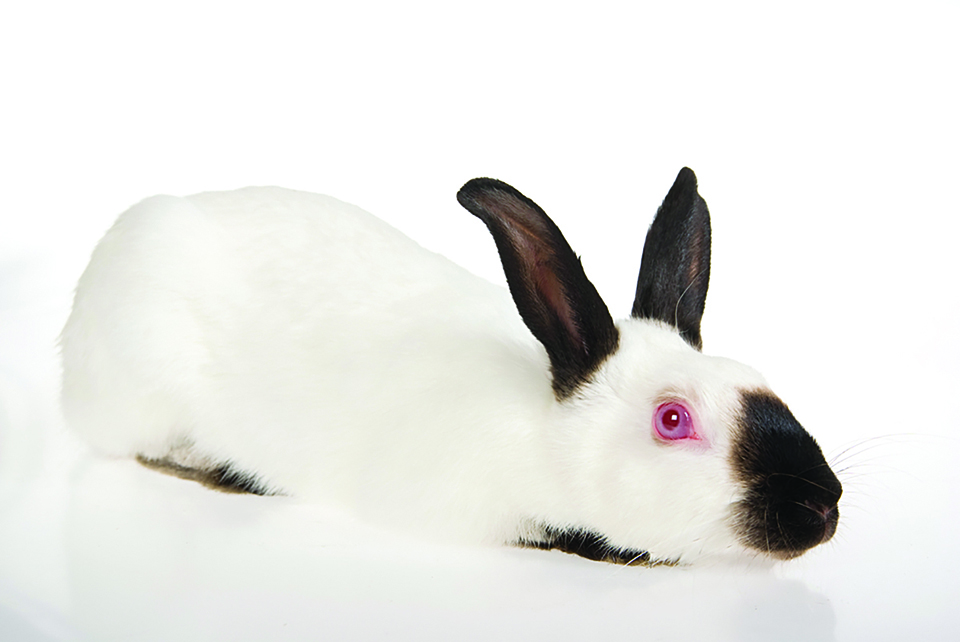Himalayan Rabbits have become well-loved animal companions through the years. Aside from their adapting well to our country’s tropical climate, which makes them relatively easy to breed and raise, Himalayan Rabbits possess unique markings and a body type like no other Lagomorph.
If you aren’t familiar with this Rabbit, they are trimmed, well-built, cylindrical Rabbits covered with short and sleek white fur. They have distinct colored markings on their head, ears, front feet and legs, hind feet and legs, and tail. The color markings can vary from black, blue, chocolate, to lilac.
HIMALAYAN RABBIT HISTORY
The Himalayan Rabbit is one of the 50 breeds recognized by the American Rabbit Breeders Association (ARBA). They are considered to be one of the oldest breeds and have a wider distribution across the globe in comparison to other Rabbits.
The term Himmy (plural: Himmies) is used to refer to a Himalayan Rabbit in a fond way, albeit it’s not the only one. Black Nosed Rabbit from China,
Russian Rabbit, and Egyptian Smut are also some monikers the Himalayan Rabbit goes by.
The real history of Himmies is unclear. To some, they have long been known as an inhabitant of countries both north and south of the Himalayan Mountains. These include China
up north and India down south, as the Himalayan Mountains form as a barrier between the two countries mentioned, according to the 2020 edition of the Encyclopedia Britannica.
However, there are some who say that this claim may not be true as there
is no solid proof of the Rabbit’s real origins, according to the American Himalayan Rabbit Association. Suffice to say, the origin of this breed’s humble beginnings remains shrouded in mystery.

A RABBIT LIKE NO OTHER
Himalayans are the only Rabbits with a cylindrical body type.
In 2011, ARBA defined the cylindrical type as “a type that is long, slim, and cylindrical with fine bone and long slender head. They are posed stretched out as far as possible but with the forelegs and hocks flat on the table.”
SHOW CLASS AND WEIGHT
Himmies are showcased in four classes, namely: senior buck, senior doe, junior buck, and junior doe.
Himalayans who are six months of age or over and weigh 2.5 to 4.5 pounds (1.13 to 2 kilograms) are to be showcased as seniors. A senior Himalayan Rabbit has an ideal weight of 3.5 pounds or about 1.6 kilograms.
On the other hand, those who are less than six months of age and weigh at least 1.25 pounds or 560 grams should be showcased under junior classes.

HIMALAYAN RABBIT CHARACTERISTICS
The ARBA Standard of Perfection describes the ideal characteristics of a particular Rabbit. Each characteristic has a corresponding point system that varies depending on its importance for a specific breed or variety.
According to ARBA in 2020, the schedule of points for the Himalayan Rabbit are as follows.

The body comprises the most number points. The ideal Himalayan body is long, narrow, lengthy, and is straight from the top and sidelines from the shoulders to the hips giving this Rabbit their distinctive cylindrical shape.
The head is preferably long and neat. Thin, proportionate, erect ears that
are set close and are tapering to the tip are preferred. Regardless of the variety of the Himalayan, the Rabbit must have a bold, bright, carrying, and alert expression of pink eye.
Even though the following does not bear any points, the front feet and legs are to be long and slender with fine bones while the hind feet and legs should correspond with the front feet and should be well furred.
A Himalayan Rabbits’ tail does not bear any points as well, but it is to be erect, with a size that is proportionate to the body.
A Himmie’s fur is characterized as flyback fur, short, fine, silky, close- lying, and with resistance. Flyback fur is a type of fur that returns quickly to its smooth normal position after being stroked.
Pure white is the body color of this Rabbit, excluding their markings. Head marking is to be a large well-rounded egg-shaped smut that is carried high between the eyes with the small end up. Ear markings should cover the base to the tips.
Both front and hind feet and legs
are to have matching color markings and should be carried as high as possible. Tail markings should match the corresponding color markings accordingly.








